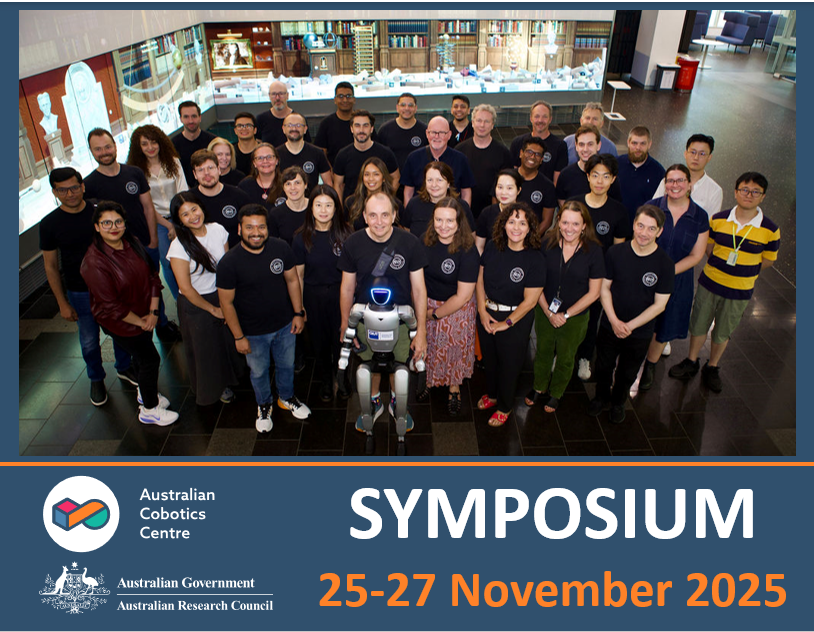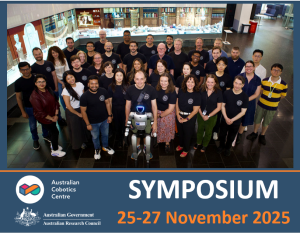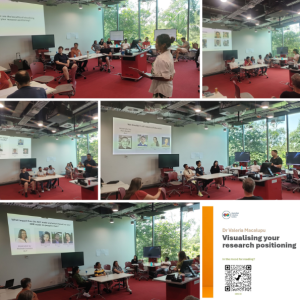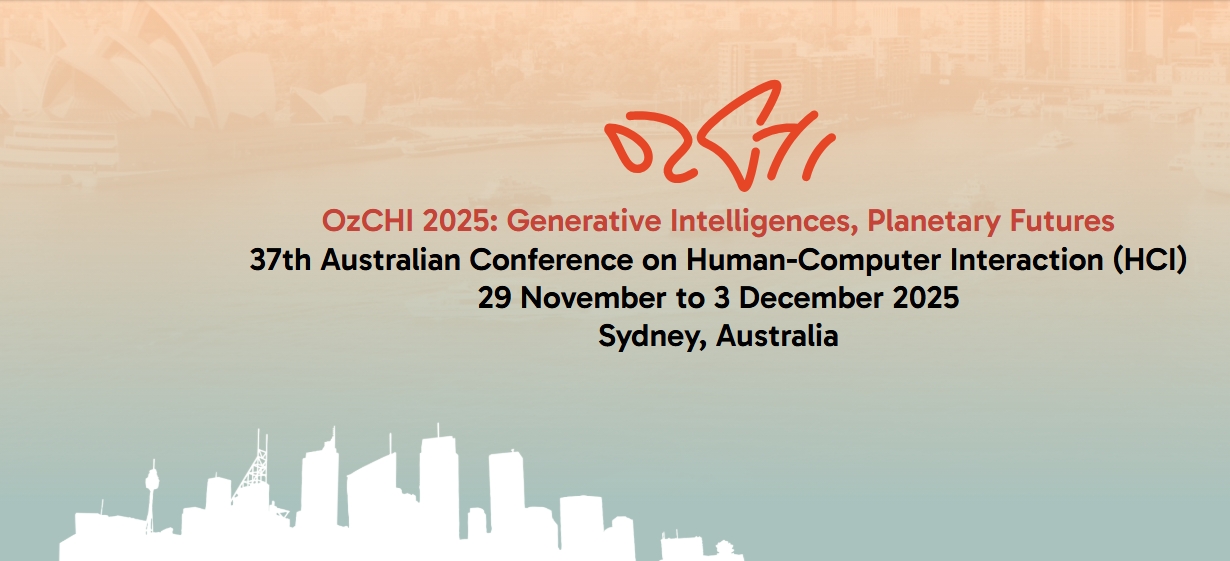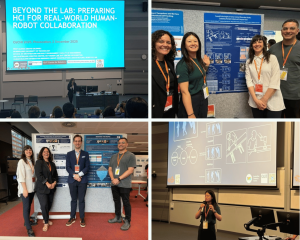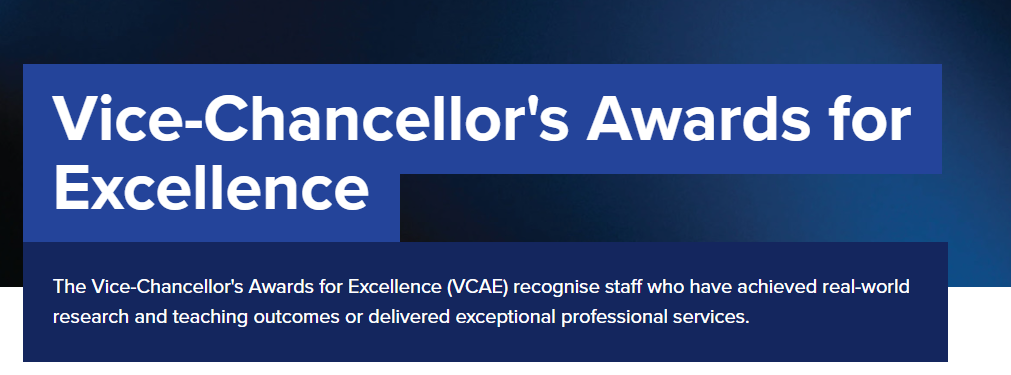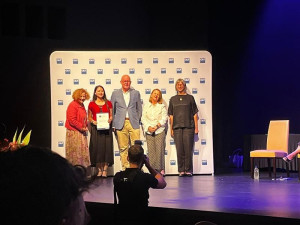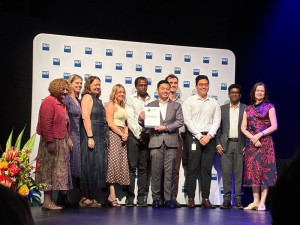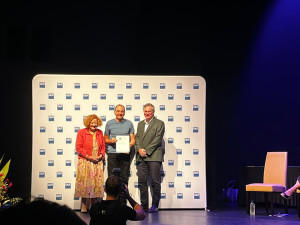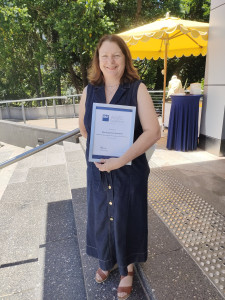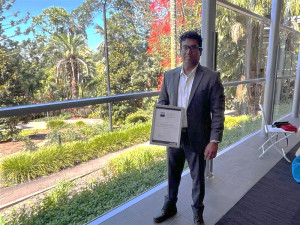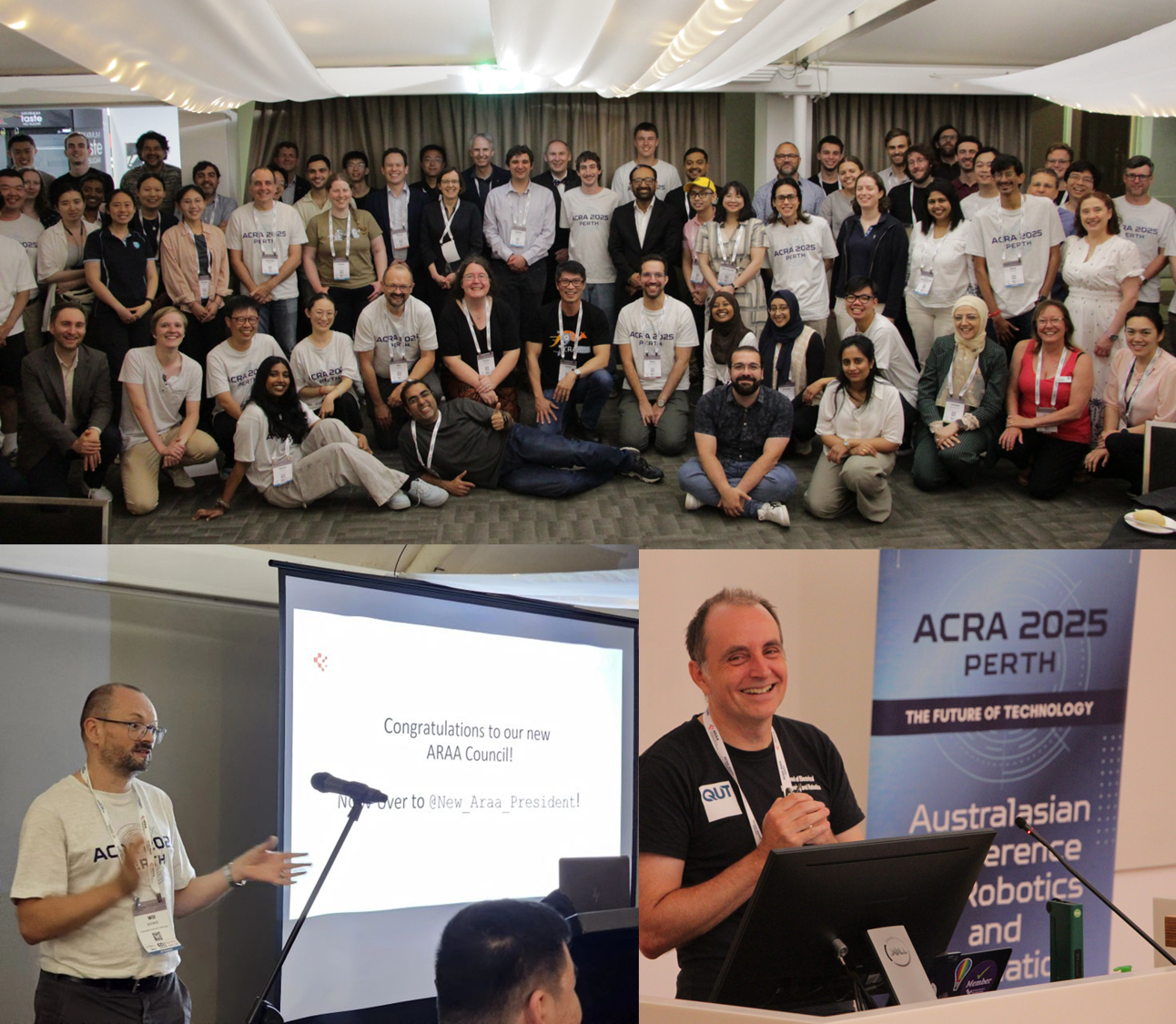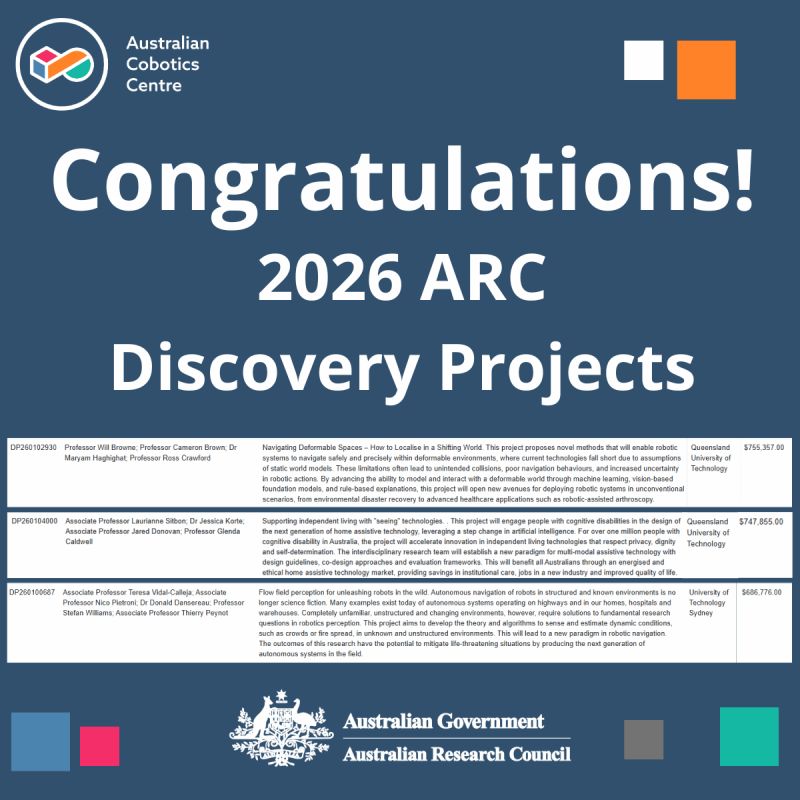Australian Cobotics Centre Annual Symposium 2025: A Celebration of Collaboration and Impact
The Australian Cobotics Centre’s annual symposium brought together researchers, HDRs, postdocs, and industry partners for three dynamic days of reflection, knowledge-sharing, and hands-on learning. This year’s event highlighted the incredible progress made in 2025 and set the stage for an impactful final year in 2026.
Day 1: Reflection and Connection
We kicked off the symposium by welcoming teams from QUT, Swinburne University of Technology, and University of Technology Sydney to Brisbane. Day 1 focused on reviewing achievements and planning for the future.
Each of our five research programs—presented by postdocs Sheila Sutjipto, Dr Valeria Macalupú, Alan Burden, Mariadas Capsran Roshan, and Melinda Laundon—shared key milestones from 2025 and outlined priorities for the Centre’s final year. Annual program reviews followed, providing a valuable opportunity to:
- Highlight areas of excellence
- Share good practices
- Identify opportunities to enhance impact
The conversations reinforced the strength of our research programs and our commitment to continuous improvement.
Day 2: Cobots in Action – Industry Workshops
Day 2 shifted the spotlight to industry, with five hands-on workshops designed to connect research outcomes with real-world applications. Read more here: Cobots in Action Workshops – 27th November
These workshops were a fantastic opportunity to translate research into practical tools for industry. A huge thank you to everyone who joined us! We’re already planning more workshops for 2026—stay tuned.
Day 3: Sharing Expertise and Building Connections
The final day celebrated the incredible contributions of our HDRs and postdocs through skill-building, discussion, and collaboration.
Skill-Building Workshop
Dr Valeria Macalupú delivered an inspiring session on visually presenting research positioning, equipping participants with tools to map and communicate their research focus.
Panel Discussions
Postdocs facilitated thought-provoking conversations with HDRs on topics such as:
- What impact has the ACC made?
- Is the human-robot workforce ready?
- The HDR journey
- Should we call robots collaborative?
BarCamp Conversations
Dynamic, informal discussions enabled participants to explore shared interests and plan collaborations for 2026 and beyond.
🤝 HDR Forum
A dedicated space for HDRs to connect, share experiences, and discuss what they need for the next 12 months.
Day 3 truly showcased the power of collaboration and the depth of expertise within our group. Thank you to everyone who contributed!
Looking Ahead
2026 marks the final year of the Australian Cobotics Centre, and we won’t be slowing down. Expect more workshops, research showcases, and opportunities to engage with our work as we continue to shape the future of collaborative robotics.
